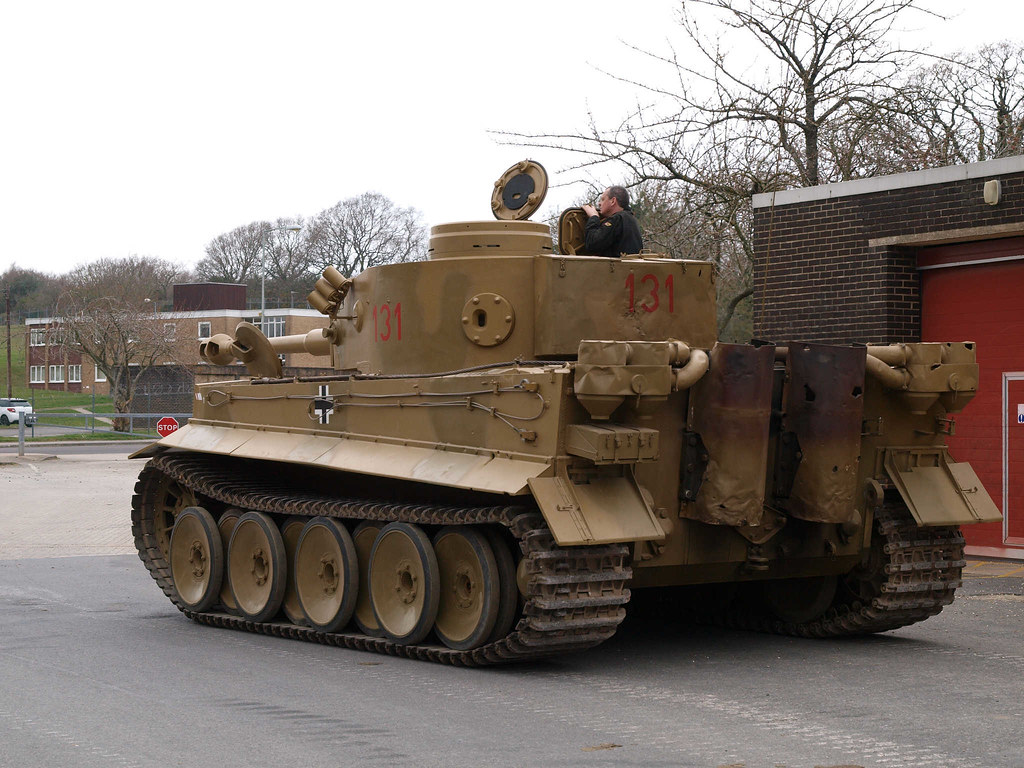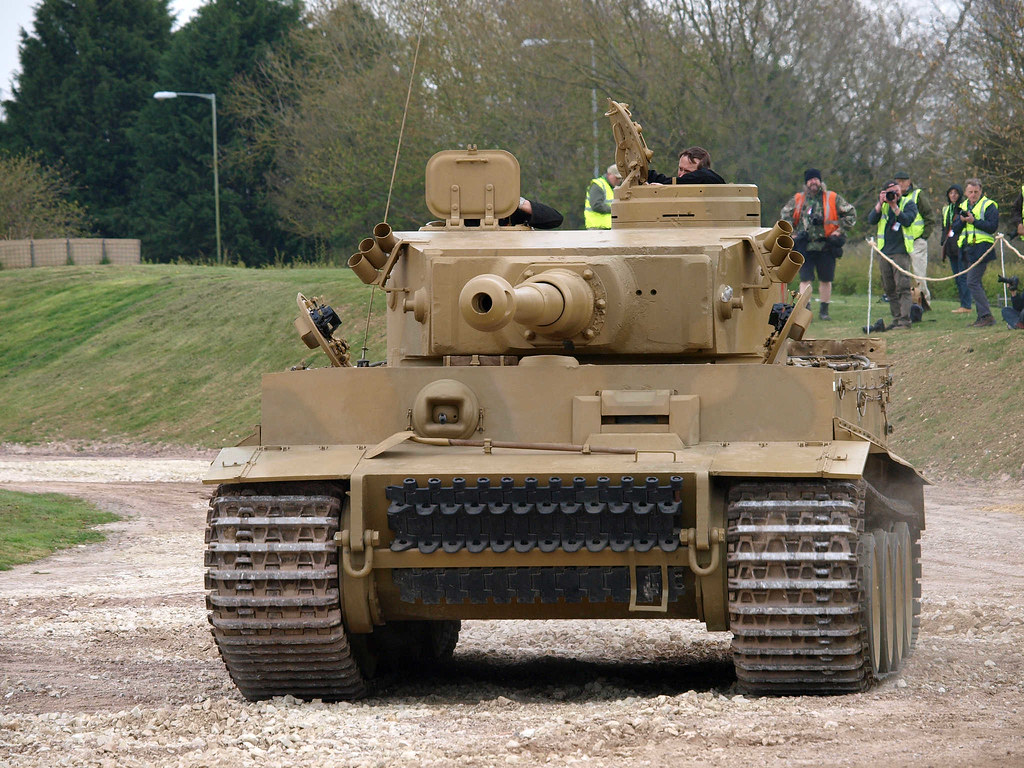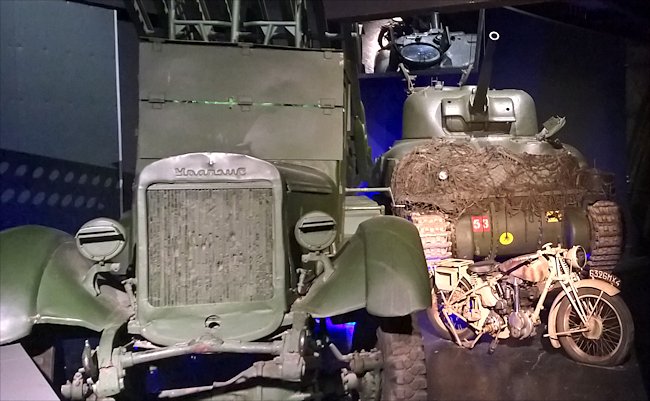

The early British Mark I tanks of 1916 used two naval 57 mm QF 6 pounder Hotchkiss mounted either side in sponsons. These were naval or field artillery pieces stripped from their carriages and mounted in sponsons or casemates on armored vehicles. The first tanks were used to break through trench defences in support of infantry actions particularly machine gun positions during the First World War and they were fitted with machine guns or high explosive firing guns of modest calibre. They often display a bulge in the barrel, which is a bore evacuator, or a device on the muzzle, which is a muzzle brake. Tank guns generally use self-contained ammunition, allowing rapid loading (or use of an autoloader). They must provide accuracy, range, penetration, and rapid fire in a package that is as compact and lightweight as possible, to allow mounting in the cramped confines of an armored gun turret.

Anti-aircraft guns can also be mounted to tanks.Īs the tank's primary armament, they are almost always employed in a direct fire mode to defeat a variety of ground targets at all ranges, including dug-in infantry, lightly armored vehicles, and especially other heavily armored tanks. Modern tank guns are high-velocity, large-caliber artilleries capable of firing kinetic energy penetrators, high-explosive anti-tank, and cannon-launched guided projectiles. 元0 gun on a Royal Scots Dragoon Guards Challenger 2 tank.Ī tank gun is the main armament of a tank.

Please help improve this article by adding citations to reliable sources. This article needs additional citations for verification.


 0 kommentar(er)
0 kommentar(er)
